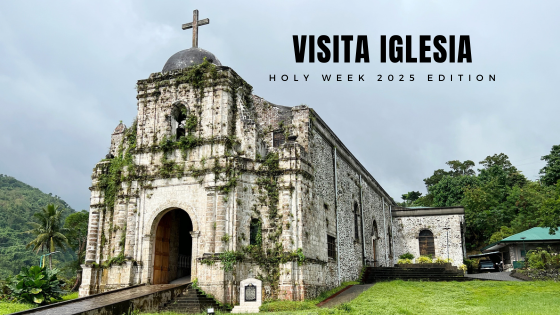Visita Iglesia is more than tradition. Let’s take a journey across the archipelago to reflect and rediscover faith through architecture, history, and silence. Join me as we travel from the northernmost province to the southern shores, visiting seven stunning churches along the way.
Disclaimer: This is a imaginative Visita Iglesia. Visiting all these churches in one day isn’t logistically possible. It’s meant to be a reflective and meaningful way to explore our faith and heritage during the Lenten season. Also, the churches featured here are ones I’ve personally visited—there are countless others across the country, perhaps even more iconic or historically significant, but I chose to stick with those I’ve experienced firsthand.
1. Mt. Carmel Chapel – Batanes
We begin at the northern tip of the Philippines, in Batanes. Perched on a hill in Tukon, Mt. Carmel Chapel looks like it grew out of the earth itself. Built using local stone and inspired by Ivatan houses, this humble church embraces you with peace. Inside, wooden trusses and stained glass let in soft light as the wind howls outside. There are no crowds here. Just cliffs, sea, and prayer.

2. Paoay Church – Ilocos Norte
From Batanes, we head down to Ilocos Norte. Here, we find the towering Paoay Church, or San Agustin Church. It’s hard not to be awed by its massive buttresses. Built in 1710, it’s a UNESCO World Heritage Site and a masterclass in Earthquake Baroque architecture. The stone seems to shift color depending on the light. It’s a place that has endured centuries of quakes and time, yet stands strong.
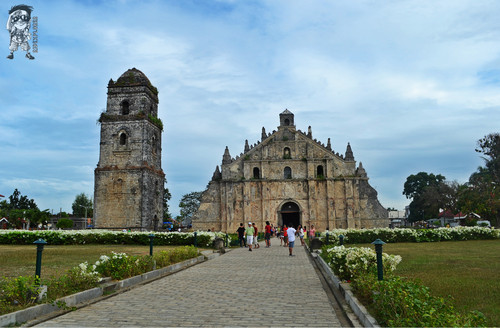
3. San Agustin Church – Intramuros, Manila
We continue south and arrive at the walled city of Intramuros, Manila. San Agustin Church, built in 1607, is the oldest stone church in the country. Its heavy wooden doors creak as you enter, revealing a solemn interior with painted ceilings that imitate carvings. The silence here feels sacred. This church survived World War II, and the scars of that history echo in its walls.

4. Miag-ao Church – Iloilo
Next, we cross the sea to Panay Island, landing in the town of Miag-ao, Iloilo. The church here, also called Santo Tomas de Villanueva, is known for its extraordinary facade. Built in 1787, it features St. Christopher carrying the Child Jesus—surrounded by local flora like coconut, papaya, and guava. It’s storytelling in stone, blending local life and Catholic imagery.
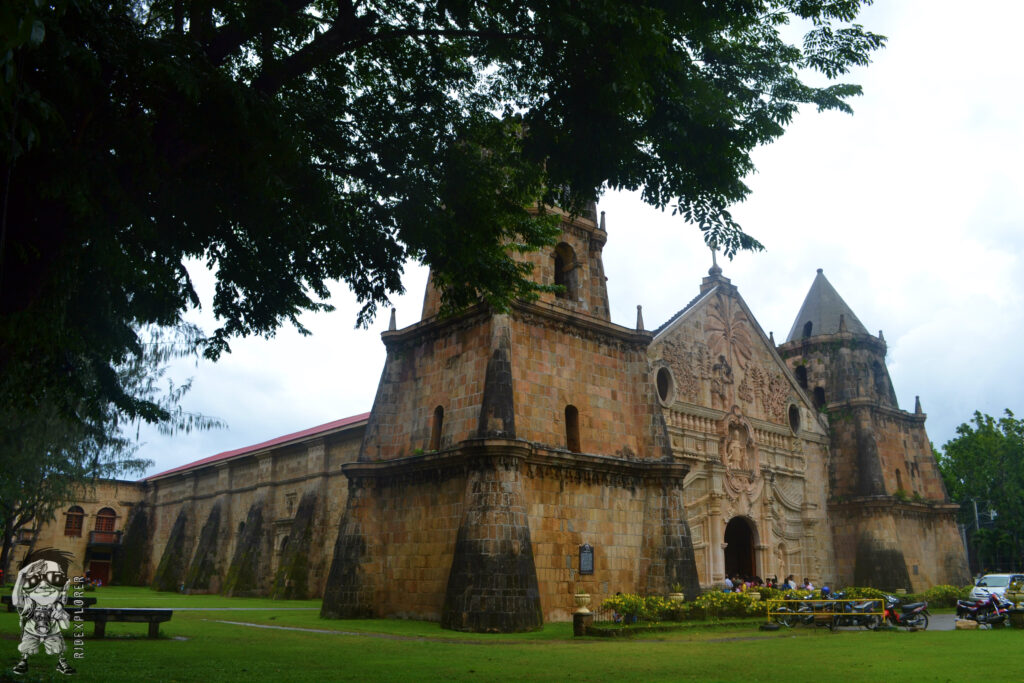
5. Basilica Minore del Santo Niño – Cebu
From Iloilo, we make our way to Cebu City. There, we visit the Basilica Minore del Santo Niño, home to the oldest Christian relic in the country: the image of the Holy Child, discovered in 1565. The church is alive with devotion. Candles are lit. Voices whisper prayers. During Sinulog, the basilica becomes the heart of Cebu. But even without the crowd, its energy is palpable.
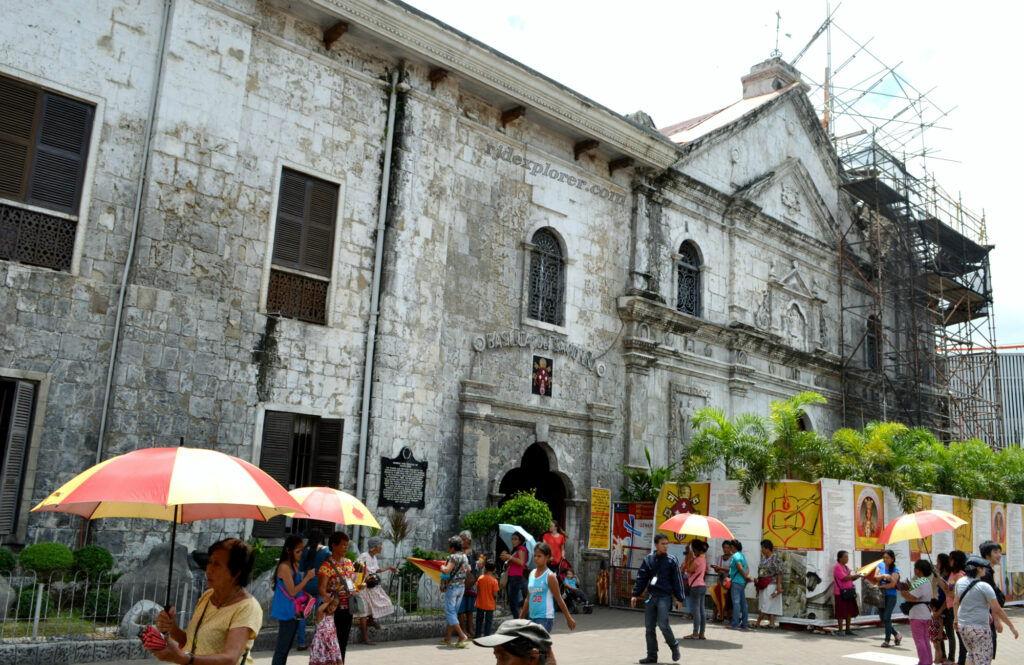
6. Baclayon Church – Bohol
We continue to Bohol to visit the historic Baclayon Church. Established in 1596, it is one of the oldest Christian structures in the Philippines. Built using coral stones and egg white mortar, this church has withstood natural disasters and time. Its adjacent museum houses centuries-old hymnals, relics, and religious artifacts. A sense of reverence fills the air, grounding visitors in both history and faith.

7. St. James the Greater Parish – Dapitan
To complete our seven, we head to Mindanao. In the coastal city of Dapitan lies the St. James the Greater Parish. Founded in 1811, this simple but historically rich church played a role in the life of Jose Rizal during his exile. Its tranquil surroundings and nearby sea make this stop a quiet, contemplative end to our spiritual journey.
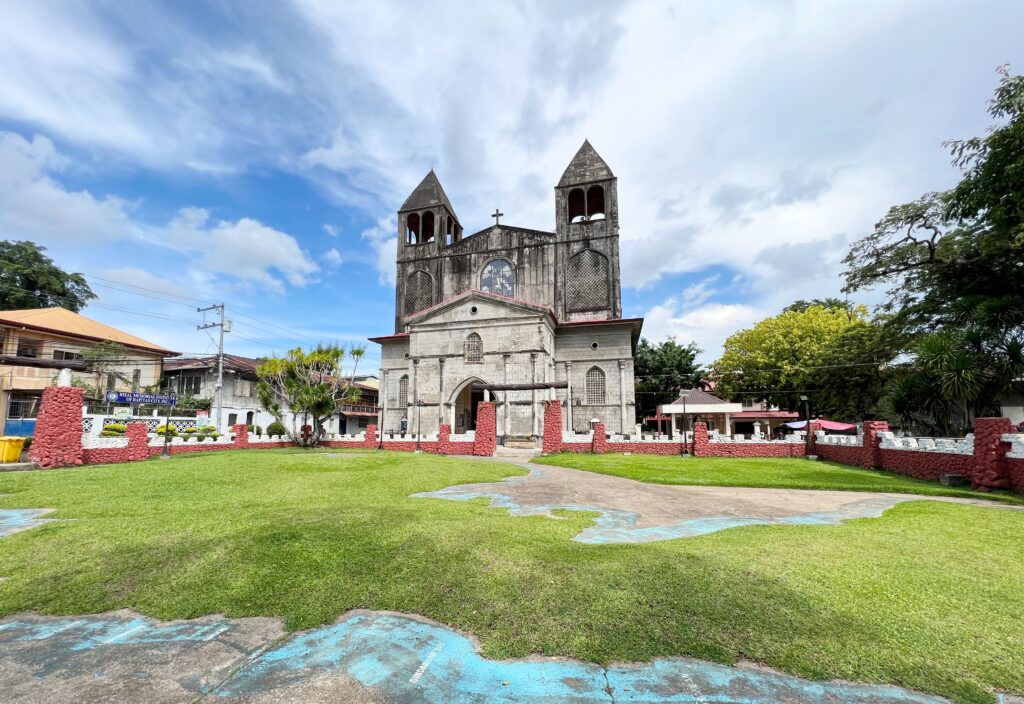
Bonus Churches Worth Visiting for Visita Iglesia
Since Visita Iglesia traditionally includes seven churches, these next ones are not part of the main route, but they’re worth visiting if you’re nearby.
Simala Shrine in Sibonga, Cebu, looks more like a castle than a church. With its spires, arches, and long prayer halls, it’s a popular pilgrimage destination. Devotees believe the image of the Virgin Mary here is miraculous.

In Bato, Catanduanes, the St. John the Baptist Church is the oldest in the province. Built in the 1830s with mortar and coral stones, it has survived storms, typhoons, and time. Its location, close to the ocean, adds to its haunting charm.
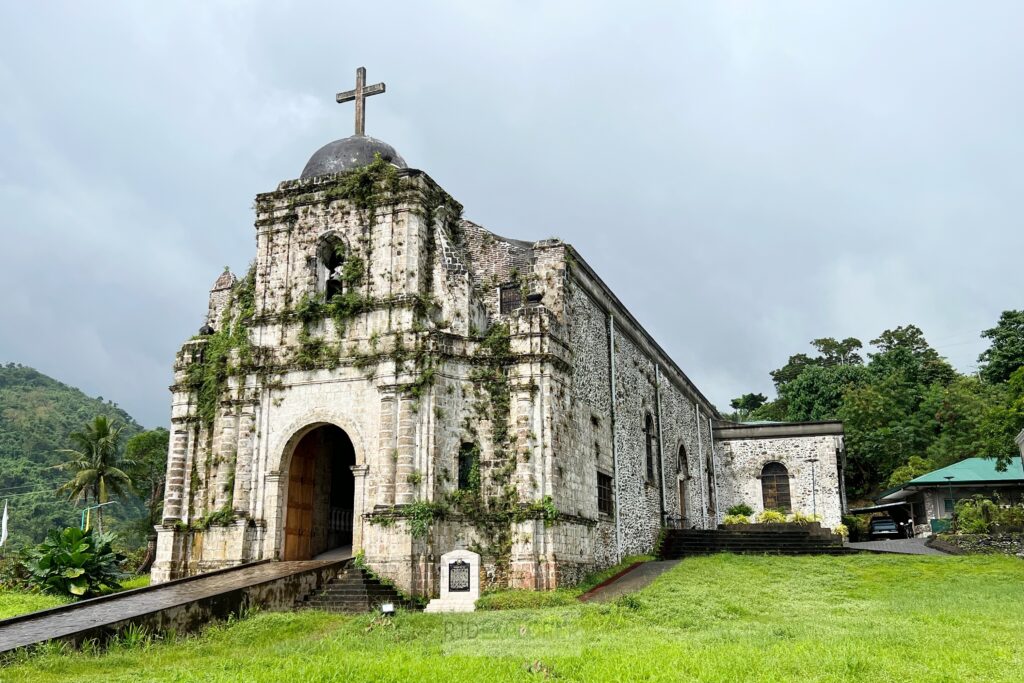
Lastly, there’s the Manila Cathedral in Intramuros. Grand and stately, it’s the seat of the Archdiocese and a symbol of the Filipino Catholic Church. The current structure is the eighth incarnation, rebuilt after wars and disasters. The interior is flooded with natural light, casting a warm glow on its arches and altars.
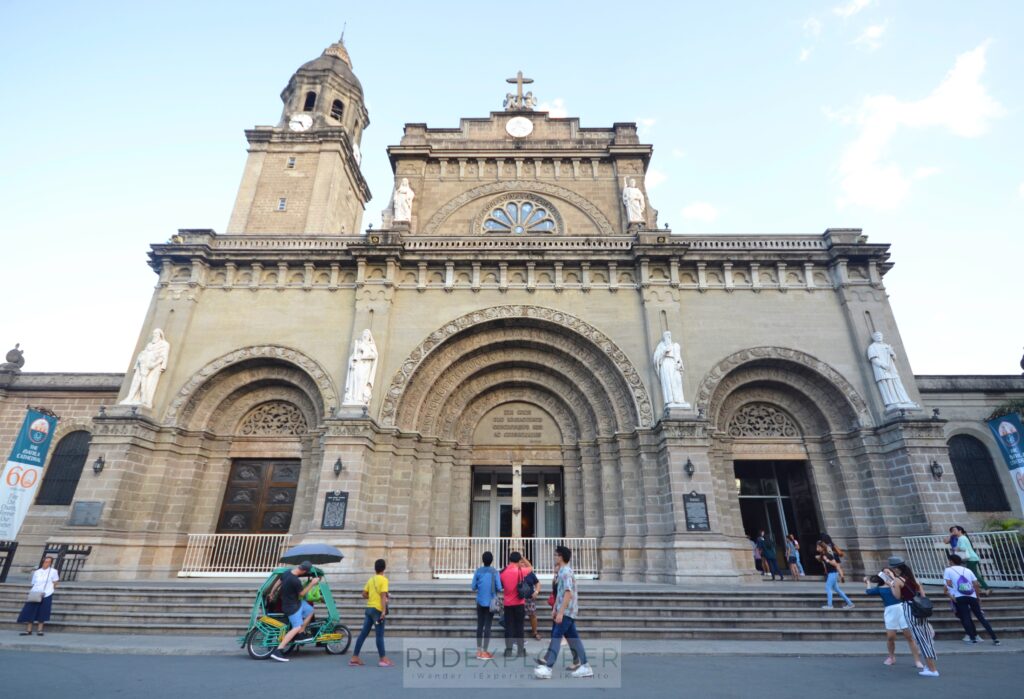
This Visita Iglesia took us across islands, mountains, and centuries. These churches are not just structures; they are storytellers. They whisper prayers, carry memory, and hold communities together. I didn’t just visit places—I was reminded of how faith is rooted in our landscapes, and in our lives.
Having these churches stand tall through centuries of calamities and change speaks volumes of the Philippines’ rich culture and history. They reflect not only craftsmanship but also the deep faith and resilience of the Filipino people—often described as among the most devout in the world.
If you’re planning your own Visita Iglesia, and near to one or two on the list mentioned, consider visiting. Each one leaves something with you—something that lingers longer than silence. Whether it’s architectural grandeur, deep history, or quiet reflection, there’s something sacred in every step.



